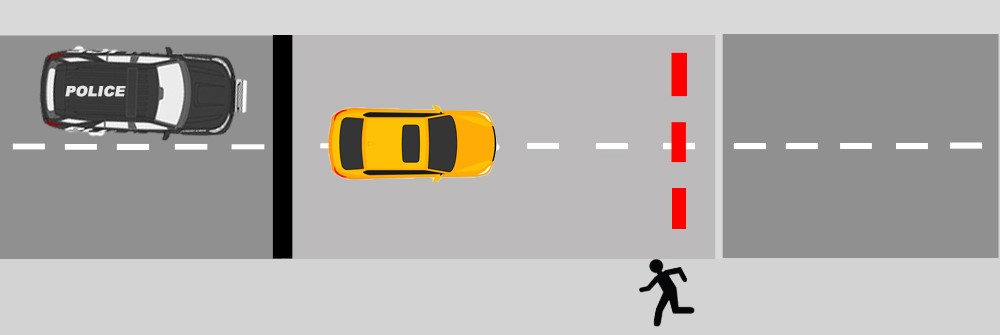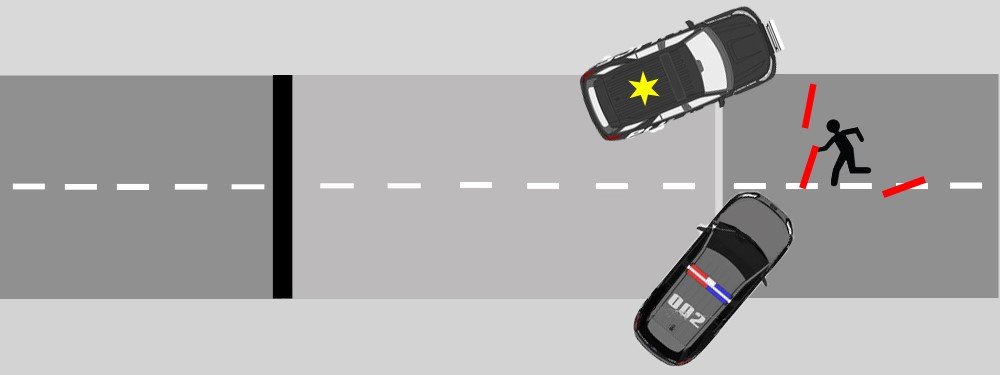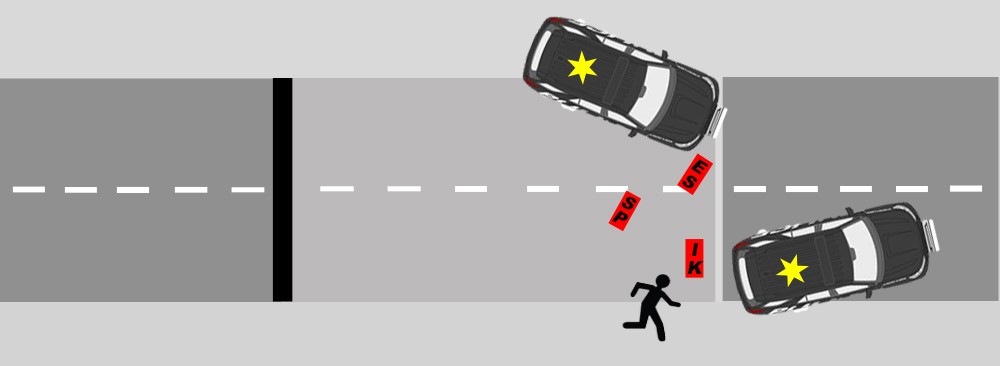
SINGULAR DEPLOYMENT

After 1993, new spike systems were introduced. The new products promised quicker deployment and ease of use.

Singular deployment was a new deployment style where multiple spikes (STIXS) were deployed without a cord attached. Officers would deploy the spikes into the path of the target. The pursuit Officers would then drive around the spikes. The deployment officer(s) would then re-enter the roadway to clear the spikes off the road.
Since the officer could not predict in which lane to deploy, he was more effective to wait and target the car at close range. These STIXS were deployed without the use of protective cover. This started a new trend of deployng spikes whenever and wherever, and the begining of serious incidents with Spikes.

Another tactic was to use a patrol car as a road block and deploy into the adjacent lane to funnel the target vehicle over the spikes. These new tactic mis-re-defined what cover was.

Singular Deployment was quicker, but the lack of safety, soon became apperant, and brought up many concerns.

Spikes (STIXS) individually deployed is the primary cause of incidents where deployment officers have been struck by fellow officers while clearing the spikes out of the roadway. The Spikes on the highway, is the primary cause for drivers avoiding spikes and losing control of vehicles. Officers were taught to go around the spikes to avoid puncturing tires. Most often the spikes were scattered and this created to the confusion.
The result of the ’93 deployment tactics.
The police tool which had such a perfect record, was on its way to developing a dangerous reputation. Many in Law enforcement adopted the new “quick and simple” deployment methods over the old style systems and tactics. The first of a series of incidents with tire spikes played a role in multiple incidents. The sad news is that most agencies did not and still today have not identified the problems and we continue to see officers risk themselves in deployments.
